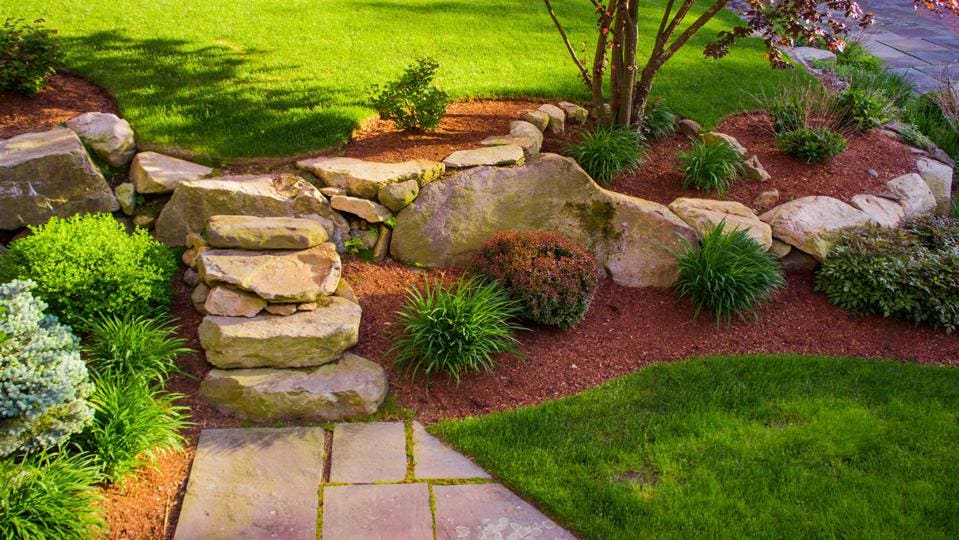Introduction
“Landscaping is a living, breathing entity that changes with the seasons,” said popular garden designer Chris Beardshaw. Indeed, creating a beautiful and thriving garden can seem daunting, but with a bit of knowledge, modern technology, and a touch of creativity, you can design an awe-inspiring landscape. This guide will provide you with some practical tips and tricks to help you on your DIY landscaping journey.
Part I: Planning and Design
The first step to any successful DIY landscaping project is planning and design. Take the time to assess your space, identify your needs, and plan accordingly.
Step 1: Assess Your Space: Take into consideration factors like the size of your yard, existing plants and structures, and the direction of sunlight.
Step 2: Identify Your Needs and Wants: Do you need a space for the kids to play? Want to grow your vegetables? These should be factored into your design.
Step 3: Sketch Your Ideas: Sketch out your ideas on paper or use a digital design tool. For example, Home Outside allows you to create professional-quality landscape designs on your phone or tablet.
Part II: Choosing the Right Plants and Structures
Your choice of plants and structures greatly affects the look and feel of your garden.
Step 1: Choose Plants Wisely: Choose a mix of annuals and perennials for year-round color. Use an app like PlantSnap to identify suitable plants based on your local climate and soil conditions.
Step 2: Use Structures to Add Interest: Pergolas, benches, fountains, or statues can serve as focal points.
Step 3: Create a Balance: Achieve visual balance by considering color, form, and texture. Don’t forget to factor in plant growth and maintenance requirements.
Remember Audrey Hepburn’s words, “To plant a garden is to believe in tomorrow.” Choose plants and structures that will make your garden beautiful not just today, but tomorrow, and for many years to come.
Part III: Getting Your Hands Dirty
Now that your design is ready, it’s time to roll up your sleeves and start creating your dream garden.
Step 1: Prepare Your Soil: Good soil is the foundation of a healthy garden. Use a soil tester to determine your soil’s pH and nutrient levels. You may need to add compost or other amendments to improve its fertility.
Step 2: Planting: Start with your largest plants and structures and work your way down to smaller plants and flowers. Use a gardening app like Gardenize to keep track of where you have planted what, and to set reminders for watering and other plant care tasks.
Step 3: Water Wisely: Too much or too little water can harm your plants. Install a smart irrigation system to ensure your plants get the right amount of water.
Part IV: Ongoing Maintenance
Creating your garden is just the beginning. Regular care and maintenance will ensure that your garden continues to thrive and bring you joy.
Step 1: Regular Pruning: Pruning helps to maintain the size and shape of your plants and promotes healthy growth.
Step 2: Control Weeds: Use mulch to suppress weeds and retain soil moisture. Regular weeding will also keep your garden looking neat.
Step 3: Keep an Eye Out for Pests: Early detection is key in managing garden pests. Apps like PictureThis can help you identify pests and diseases and offer organic treatment options.
As Ralph Waldo Emerson said, “The creation of a thousand forests is in one acorn.” With careful planning, the right tools, and a little bit of elbow grease, your DIY landscaping project can transform your garden into a personal paradise. Happy gardening!












